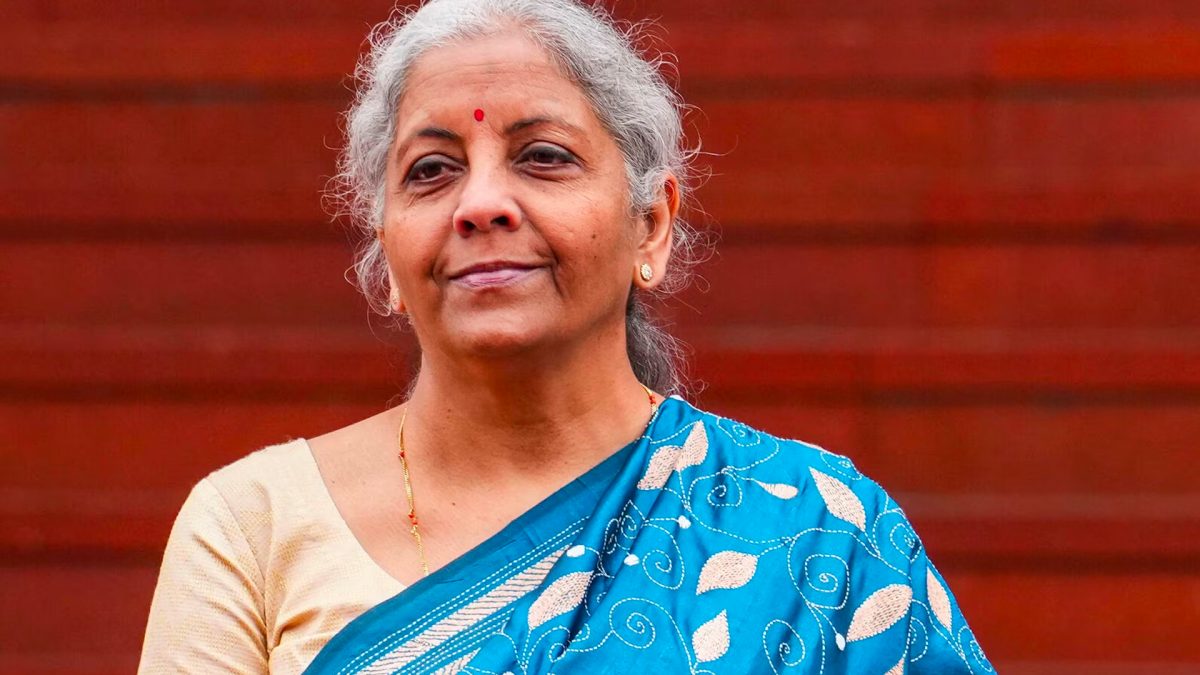The Reserve Bank of India’s monetary and credit policy review tomorrow ought to be uneventful in terms of action but very important in terms of stance and guidance. After the quarter percentage point rate cut on 15 January, there is little reason to cut yet again.
While cutting it policy rate to 7.75 percent, the RBI had said it would watch the future course of inflation and the quality of fiscal deficit as also supply enhancing steps. No new inflation data has come the RBI’s way.
Only the April-Dec fiscal data is out in the last 15 days and that hardly counts towards healthy fiscal consolidation. While it did show the government’s intent to stick to the 4.1% fiscal deficit, it has also come from a cut in plan expenditure. Not quite high quality fiscal consolidation. Hence a rate cut, if any, can only be explained by inordinate political pressure.
The market and the business community will hence focus more on the RBI’s stance in the statement and in the governor’s press conference. I see three major areas of interest: For one, the market would want to know the RBI’s inflation trajectory.
The December 3 fan chart indicated the RBI saw inflation at 6 percent by March 2015. In the Jan 2015 statement, the RBI admitted inflation is likely to be below 6 percent by January 2016. So its trajectory for March 2015 and for Jan 2016 will be important forecasts as it will give an idea of how much the RBI may cut rates in coming policies.
Data released by the government on 30 January show that the net sown area for wheat, coarse cereals, pulses and oilseed during this rabi season have all fallen by around 10%. However, the FAO food index has been consistently falling since March and fell even in December by 1.7%. Global prices do have an impact on Indian cereal prices.
Anecdotal evidence indicates the fall in vegetable prices in January was less impressive than it was in December. Given these data, one would like to know the RBI’s forecast of food inflation. But food is the only sticky part. Rural wages, global commodity prices and manufactured product prices in India have all remained soft.
The inflation trajectory apart, one would want to know the governor’s stance on real interest rates. He has maintained he would like to see real rates between 1.5 percent and 2 percent, with a preference for 2 percent.
The chief economic advisor appears to prefer a real rate of 1.5 percent. If the January 2016 CPI is forecast at 5.5 percent, the RBI’s insistence for a 2 percent real return doesn’t leave much scope for rate cuts. However a 1.5 percent real rates can mean 75 basis point more of cuts.
Second, one will want to know the RBI’s view on the currency. The rupee has been the best performing currency in 2014, appreciating by 1.4 percent even as every other currency has depreciated versus the dollar.
On total returns basis it has done even better, yielding double-digit returns. This is not good news for exporters and indeed even for the economy. On a trade weighted basis versus currencies of 36 trading partners, the rupee is over valued by about 10 percent as of December 2014, which is the last available data.
If anything, the rupee has appreciated even more in January. A 10 percent overvaluation can wipe out many exporters who work on a mere 5 percent margin. More importantly, with growing digital shopping, a 10 percent over-valuation can impact domestic manufacturers and hence domestic output as well.
Third, and the most important, one would want to know how the RBI approaches the new GDP data announced by the CSO on Friday. The CSO has maintained nominal GDP growth for FY14 at 13.6 percent (to Rs 113.6 lakh crore). But it has raised the real GDP growth to 6.9 percent for FY14.
This means the deflator used by the CSO is significantly less than the CPI inflation used by the RBI. Also the RBI has been maintaining that potential growth had fallen to 6 percent by FY12. If this is still the case, at a 6.9 percent growth RBI has little scope to cut rates.
More simply, market watchers will want to see the RBI’s fan chart for GDP growth for FY15 and for FY16 in the face of the CSO’s new data. However, since the CSO has not yet released the estimates for FY15, the RBI may well kick the can to the next policy.


)




)
)
)
)
)
)
)
)